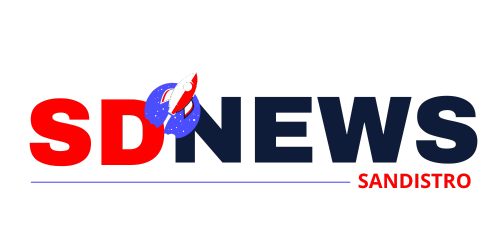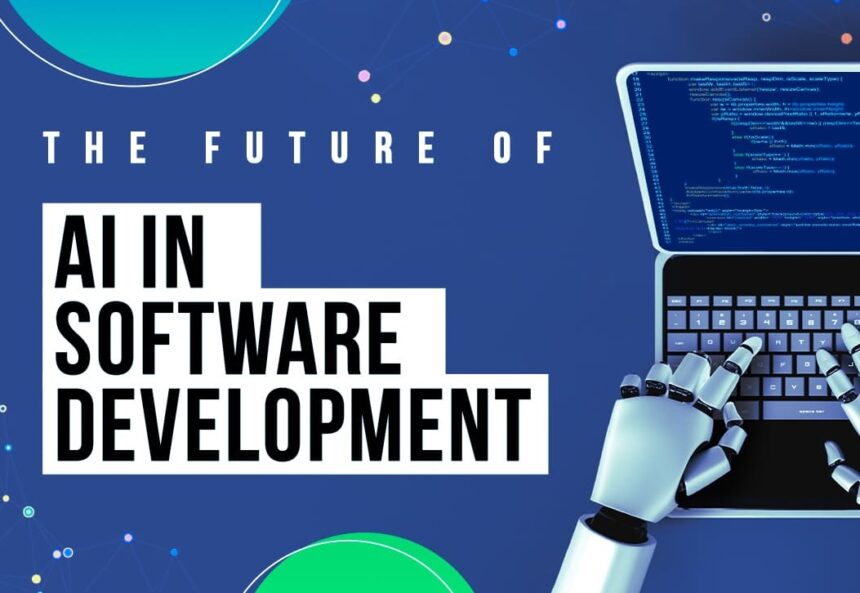Artificial Intelligence (AI) has quickly emerged as a strong enabler throughout industries, redefining how duties are approached and executed. In software program growth, AI guarantees to revolutionize the best way code is written, examined, and deployed. From automating repetitive duties to aiding in complicated decision-making, AI instruments have the potential to considerably improve productiveness, scale back errors, and speed up growth timelines. However, regardless of its promise, the mixing of AI into software program growth is fraught with challenges that can not be ignored.
The strategy of constructing software program is inherently complicated and includes a mixture of technical experience, creativity, and deep contextual understanding. While AI excels at dealing with massive datasets and figuring out patterns, it usually struggles with nuances that human builders intuitively grasp. Moreover, points associated to information high quality, moral issues, and the constraints of AI instruments themselves pose important hurdles. For organizations and builders aiming to leverage AI, understanding these challenges is crucial to harness its full potential responsibly and successfully.
This weblog publish delves into the multifaceted challenges of incorporating AI into software program growth, shedding mild on areas the place it excels and the place it falls quick. By exploring these challenges, we intention to foster a deeper understanding of how AI could be built-in thoughtfully into the event course of.
Quality of Training Data
AI fashions rely closely on information for coaching. In software program growth, this information may embrace hundreds of thousands of traces of code, documentation, or bug stories. Ensuring the standard, relevance, and variety of this coaching information poses a big problem:
Bias in information
If the coaching information comprises biased or outdated code practices, the AI will seemingly replicate these points. For instance, if the dataset favors a selected programming language or framework, the AI would possibly battle to carry out nicely in different contexts.
Incomplete datasets
Lack of complete datasets that characterize a wide range of programming languages, frameworks, and downside domains can restrict AI’s applicability. This limitation ends in AI instruments being helpful just for slim, particular duties as an alternative of versatile, wide-ranging assist.
Intellectual property considerations
Many datasets embrace proprietary or licensed code, elevating moral and authorized points round their use. Developers have to rigorously think about the supply of their information to keep away from unintended copyright violations or misuse of delicate data.
Code Context Understanding
Unlike human builders, AI struggles with understanding the broader context of a software program venture. This limitation manifests in numerous methods:
Complex dependencies
AI instruments could fail to know how totally different modules work together inside a system. For occasion, an AI won’t perceive how a database question in a single a part of the code impacts efficiency in one other module.
Business logic
AI can misunderstand or totally miss the particular enterprise necessities that affect code design. This disconnect can result in code that works technically however fails to fulfill the venture’s precise targets.
Error-prone recommendations
Without context, AI-generated code recommendations would possibly introduce bugs or inefficiencies into the venture. For instance, an AI would possibly recommend an algorithm that optimizes velocity however consumes extreme reminiscence, which might be unsuitable for resource-constrained environments.
Ethical and Security Concerns
The use of AI in software program growth introduces a number of moral and safety dangers:
Plagiarism dangers
AI instruments skilled on open-source code would possibly unintentionally reproduce proprietary or copyrighted code. This raises questions on originality and the potential authorized penalties for builders and organizations.
Vulnerabilities in generated code
AI can produce insecure code, inadvertently introducing vulnerabilities comparable to SQL injection or cross-site scripting (XSS). Developers should rigorously evaluation AI-generated code to establish and repair potential safety flaws.
Data privateness
Tools that require importing code to the cloud for evaluation danger exposing delicate or proprietary data. Organizations want to make sure that their use of AI instruments complies with information privateness rules and inner safety insurance policies.
Resistance from Developers
AI instruments usually face skepticism and resistance from builders, stemming from:
Fear of job displacement
Many builders fear that AI instruments may ultimately change them. This concern can result in hesitation in adopting AI, even when it may improve productiveness.
Lack of belief
Developers could distrust AI’s capacity to provide high-quality code or resolve complicated issues. Early experiences with poorly performing AI instruments can additional reinforce this skepticism.
Learning curve
Adopting AI instruments requires effort and time to be taught new workflows and combine them into present processes. Developers would possibly resist utilizing AI in the event that they understand the instruments as overly complicated or disruptive to their routines.
Integration Challenges
AI instruments should combine seamlessly with present growth workflows, but many fail to take action successfully:
Tool compatibility
Ensuring AI instruments work throughout various IDEs, model management programs, and CI/CD pipelines could be troublesome. Lack of standardization in growth environments additional complicates this course of.
Performance trade-offs
AI-powered options would possibly decelerate growth environments or devour important computational assets. This efficiency influence can frustrate builders and scale back general productiveness.
Limited customizability
Developers usually require tailor-made AI options, which many off-the-shelf instruments fail to supply. Customizing AI instruments to fulfill particular venture necessities usually includes important effort and experience.
Evolving Technology and Standards
Software growth is a consistently evolving subject, with new languages, frameworks, and requirements rising often. AI instruments should maintain tempo with these adjustments to stay related:
Outdated data
AI fashions skilled on older datasets could battle to assist newer applied sciences or greatest practices. For instance, an AI software skilled earlier than the rise of TypeScript would possibly lack efficient assist for it.
Continuous retraining
Keeping AI fashions updated requires important effort and assets. Regular updates to coaching information are needed to make sure that AI instruments stay correct and efficient.
Versioning conflicts
Different variations of programming languages or frameworks can confuse AI instruments. For occasion, syntax adjustments between Python 2 and Python 3 may result in misguided recommendations if the AI is just not conscious of the variations.
Over-Reliance on AI
As AI instruments develop into extra succesful, there’s a danger of over-reliance, which may result in:
Skill atrophy
Developers could lose vital problem-solving abilities as they develop into overly depending on AI-generated options. This reliance may influence their capacity to debug or optimize code manually.
Overlooking errors
Blindly trusting AI outputs with out thorough evaluation may end up in undetected errors or suboptimal implementations. Developers want to remain vigilant and deal with AI recommendations as beginning factors quite than closing options.
Reduced collaboration
Team dynamics would possibly undergo if builders depend on AI as an alternative of speaking and collaborating successfully. Over-reliance on AI may result in siloed work practices and lowered data sharing amongst crew members.
AI holds immense promise for revolutionizing software program growth, however its adoption is just not with out challenges. From information high quality points to moral considerations and integration difficulties, the trail to efficient AI implementation is riddled with obstacles. Addressing these challenges requires a collaborative effort between builders, AI researchers, and organizations to make sure AI instruments are reliable, efficient, and helpful to the software program growth course of.










